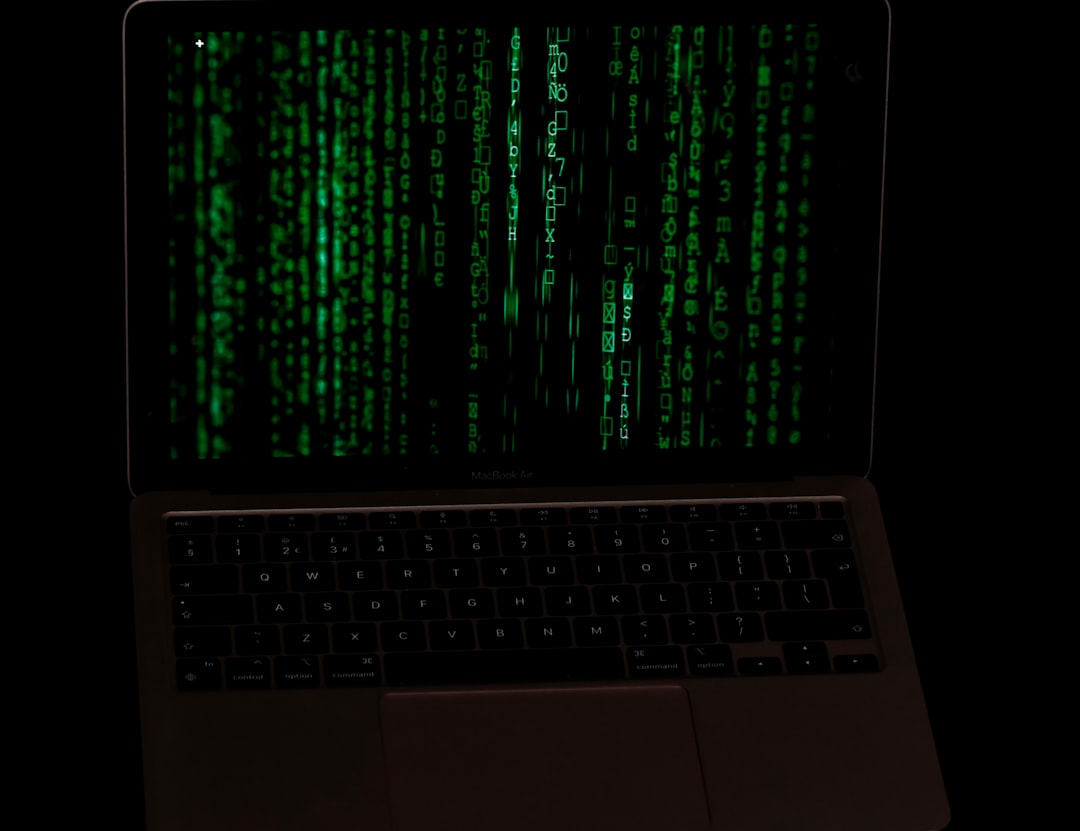Everyone loves a good meme. They make us laugh, they go viral, and they’re super shareable. But did you know memes can also teach us something important—like how to stay safe online?
Yep, that’s right! Cybersecurity memes are a thing. And surprisingly, they’re one of the coolest ways to spread awareness about online safety.
What Are Cybersecurity Memes?
Cybersecurity memes are funny pictures, often with text, that poke fun at online risks. They might joke about weak passwords or phishing emails, but behind the joke, there’s always a message.
Think of them as tiny digital posters that both entertain and educate.

Why Do Memes Work So Well?
Memes are catchy. That’s their superpower. People see one, laugh, and hit “share.” Before you know it, the message has reached hundreds—or even thousands—of people.
Here’s why they work:
- They’re visual: A funny image sticks in your mind longer than a boring warning.
- They’re quick: One glance and you get the point.
- They’re relatable: We’ve all ignored a software update or clicked “remind me later.”
- They’re shareable: One click spreads the word even more.
What Kind of Cybersecurity Tips Do Memes Share?
Memes can teach people a lot about staying safe online. Here are some common topics they cover:
- Passwords: Memes often make fun of weak passwords like “123456.” It’s a joke, but it reminds us to choose better ones.
- Phishing Scams: Ever laughed at a meme showing a hacker “offering” a free pizza? It’s a hilarious way to remind us not to click suspicious links.
- Software Updates: Memes joke about people who always ignore update reminders. But they also hint at how updates patch security holes.
- Wi-Fi Safety: There are memes about people connecting to “Free Wi-Fi” at random places. Funny, yes. But it’s a warning in disguise.
Examples of Cybersecurity Memes
Here are a few classic joke styles you might recognize:
- The Distracted Guy: He’s usually ignoring a security protocol and flirting with a virus-loaded email.
- Drake’s No/Yes Face: Drake says “no” to strong passwords and “yes” to using “password123.” Bad idea, Drake!
- Office Space Printer Guy: He’s mad at phishing emails, but still clicks them anyway.
These familiar formats make the message easy to digest—and hard to forget.
How Memes Help in Schools and Workplaces
Lots of IT teams and teachers use memes to talk about digital safety. It’s not only more fun, but it also grabs attention better than long emails or dry handouts.
Many companies even have “Meme Monday” where they share a new cybersecurity meme each week. That way, employees stay alert—but also amused.

Creating Your Own Cybersecurity Meme
You don’t have to be a designer to make a meme. There are free tools online to help you. Just pick a funny image and add some witty text.
Here are some tips to start:
- Choose a real cyber mistake people often make.
- Pick a fun image or well-known meme template.
- Add a caption that teaches something (but make it funny!).
- Share it with friends or coworkers!
The Bottom Line
Cybersecurity doesn’t have to be boring.
Memes make digital safety fun and easy to understand. They raise awareness without lectures or tech jargon.
So the next time you see a meme about clicking suspicious links or ignoring an update, stop and think. Maybe even laugh. And most importantly—don’t be “meme-worthy” for the wrong reason!
Stay safe. Stay silly. Stay secure.
